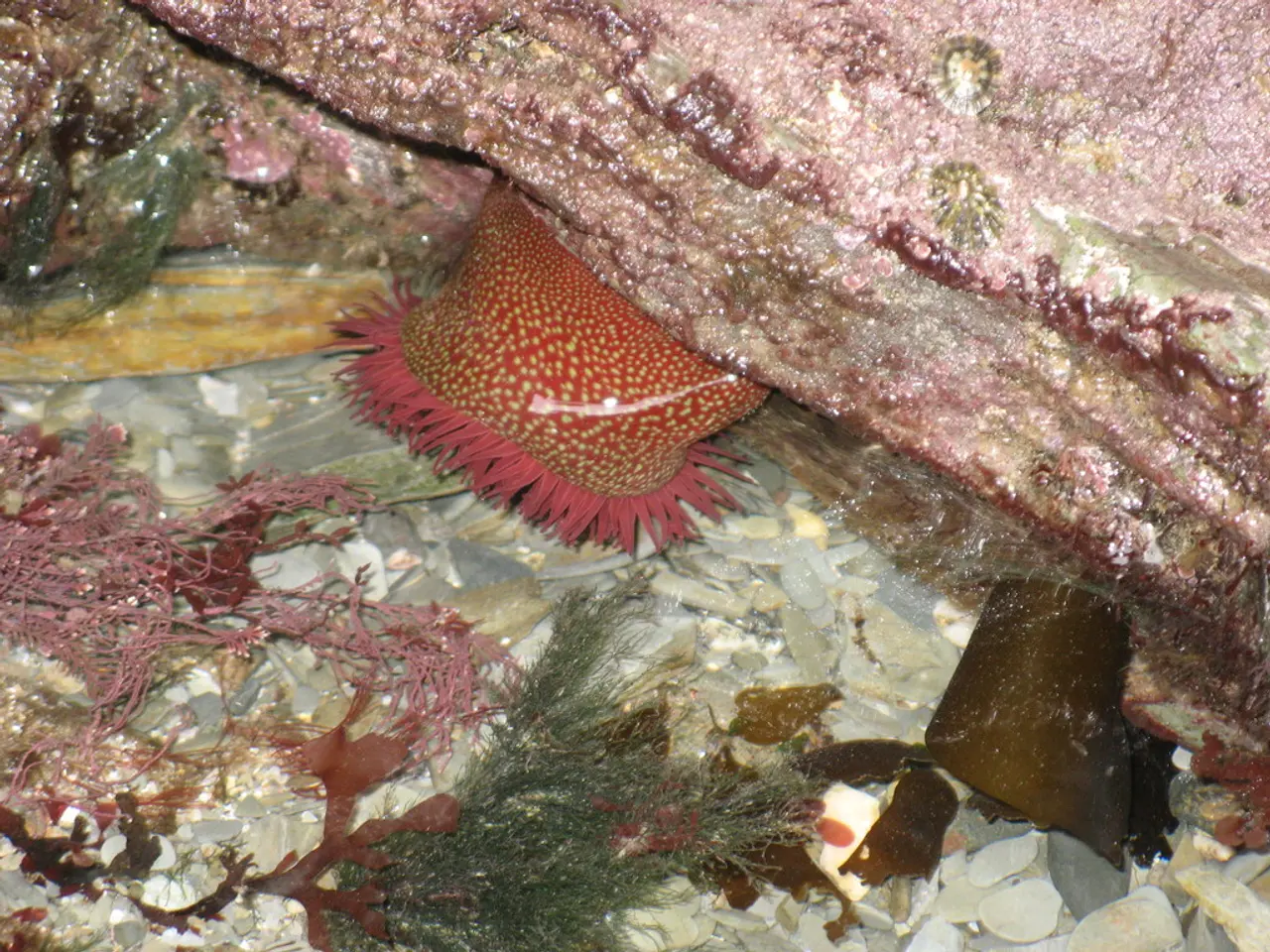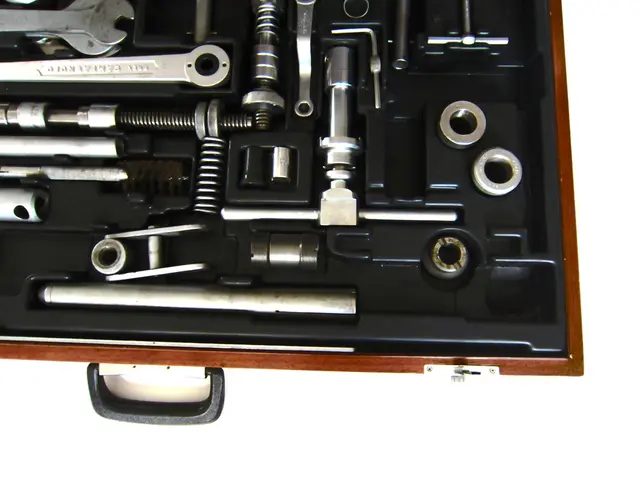Instructions for Treating Live Rock with Acid for a Saltwater Aquarium - Reef FAQ Replies
In the realm of marine aquarium preparation, two popular methods for cleaning live rock, a crucial component of reef tanks, are the bleach cure and the acid cure. Both treatments offer distinct advantages and disadvantages when it comes to removing organic material from live rock.
The bleach cure, utilising sodium hypochlorite, is renowned for its effectiveness in eliminating and killing organic matter, including bacteria, algae, and biofilms. This is due to its oxidative and disinfecting properties, which break down organic compounds and eradicate living pathogens on the rock surface. However, the bleach cure requires careful rinsing and curing since residual bleach can potentially harm beneficial organisms and the aquarium environment.
On the other hand, acid treatments, such as citric acid, are primarily effective for removing inorganic deposits like lime, scale, or rust. They do not kill bacteria or remove organic biofilms as efficiently as bleach. Acid cures are generally safe, mild, and non-corrosive, making them suitable for cleaning equipment or removing mineral buildup without causing damage to plastics and metals. However, acid curing does not sanitise live rock or remove organic matter thoroughly, as it lacks strong oxidising disinfectant properties.
When comparing the two methods, the bleach cure stands out as much more effective than the acid cure for removing organic material from live rock in reef tanks. This is because it destroys organic matter and disinfects the rock surface, ensuring a clean and safe environment for aquatic life. Acid cures, while effective for removing inorganic buildup, are less suitable for organic removal and sanitisation.
In conclusion, for reef tank preparation, the bleach cure followed by thorough rinsing and curing is the preferred method to ensure live rock is free of harmful organic residues. The acid cure, however, may be more appropriate for removing phosphorus bound up in the top layer of rock. It is essential to follow safety precautions, such as using protective gear and carrying out the process outdoors, when using either method.
In the context of both bleach cure and acid cure being applied to marine aquarium preparation, incorporating scientific principles, protein skimmers can aid in enhancing health-and-wellness by removing excess proteins, bacteria, and other organic compounds from the water, thus creating a more fitness-and-exercise friendly environment for the aquatic life in reef tanks. It's worth noting that while bleach cure is more effective in removing organic material due to its oxidative properties, acid cure, although less effective for sanitizing live rock, can help in the health-and-wellness aspect of fitness-and-exercise by removing phosphorus bound up in the rock, promoting better water clarity and maintaining optimal water quality for marine life.





